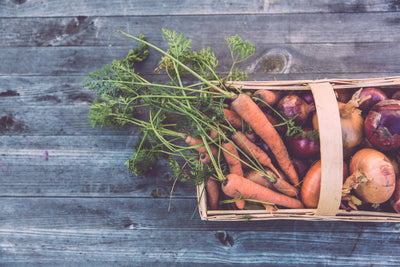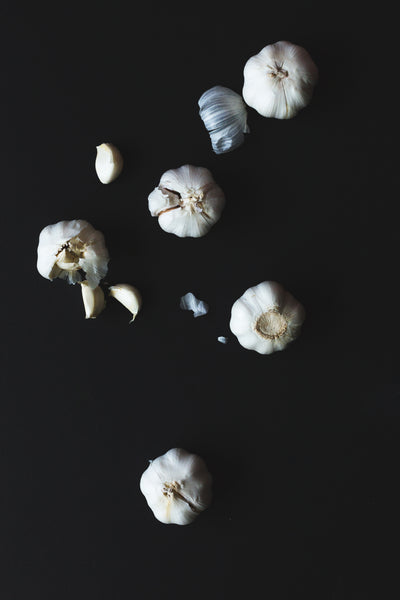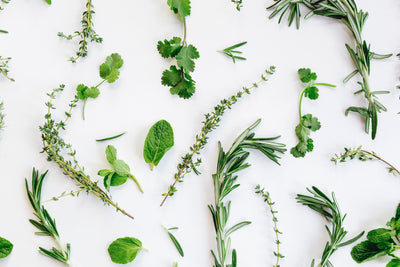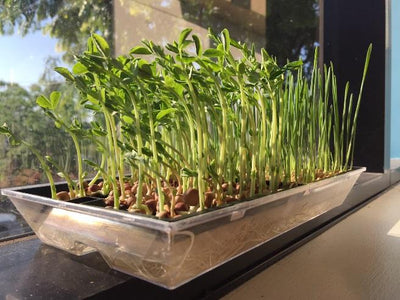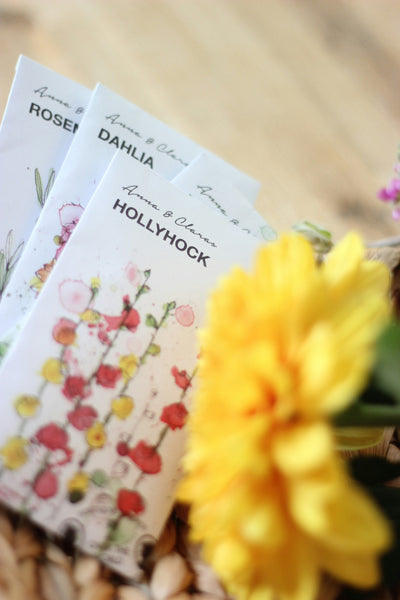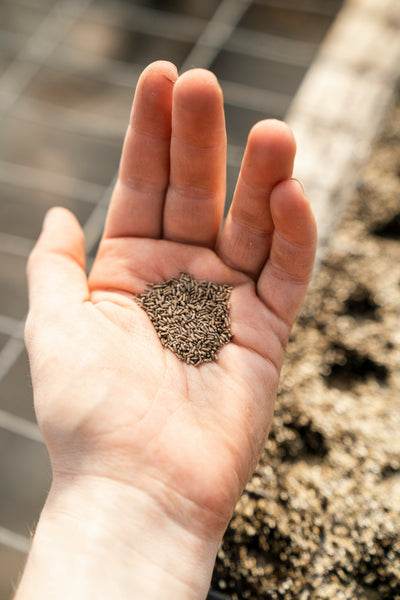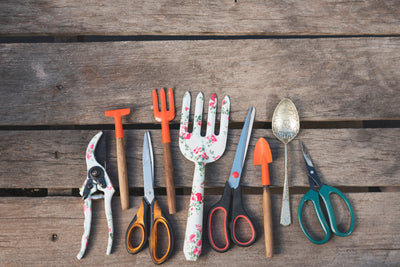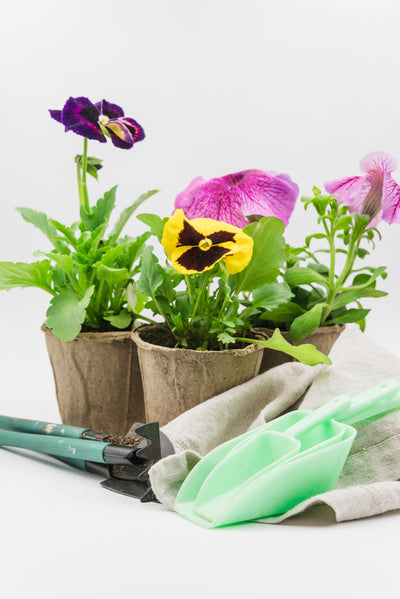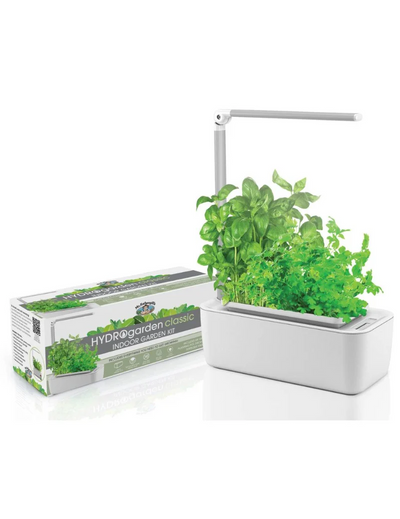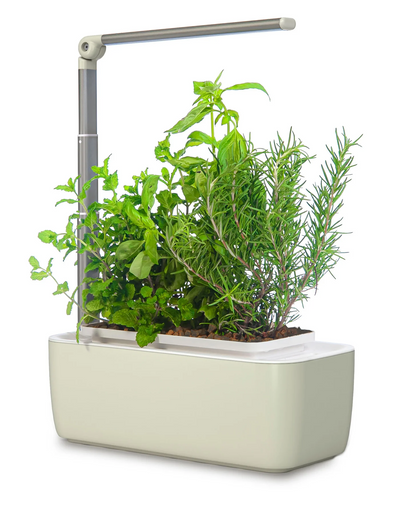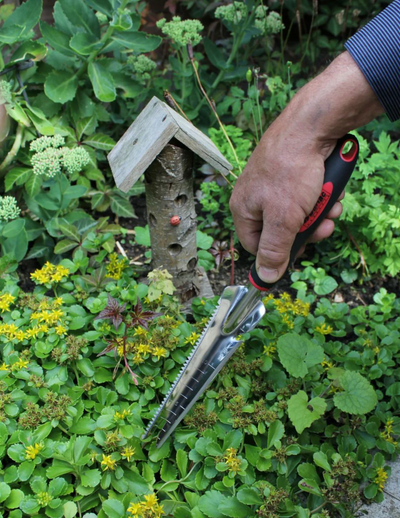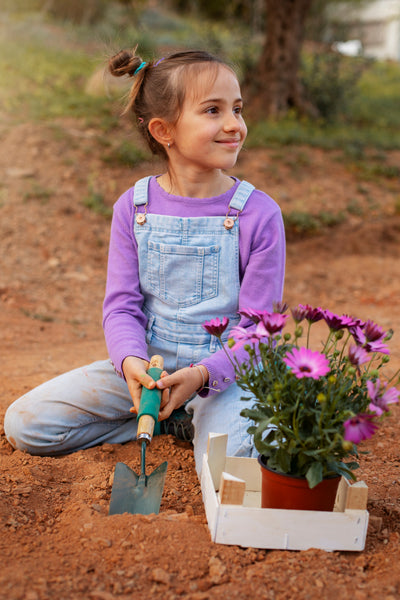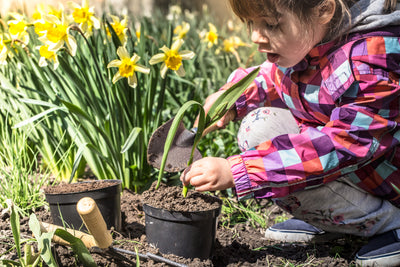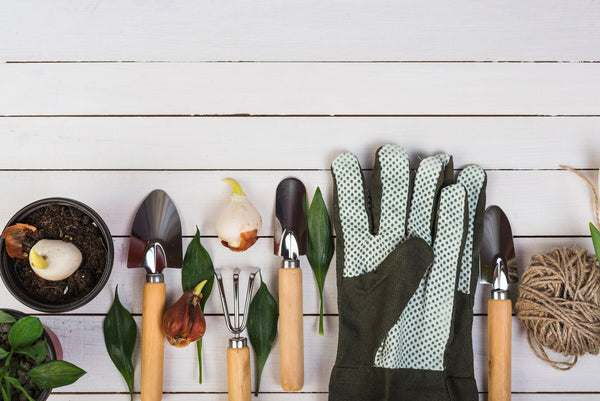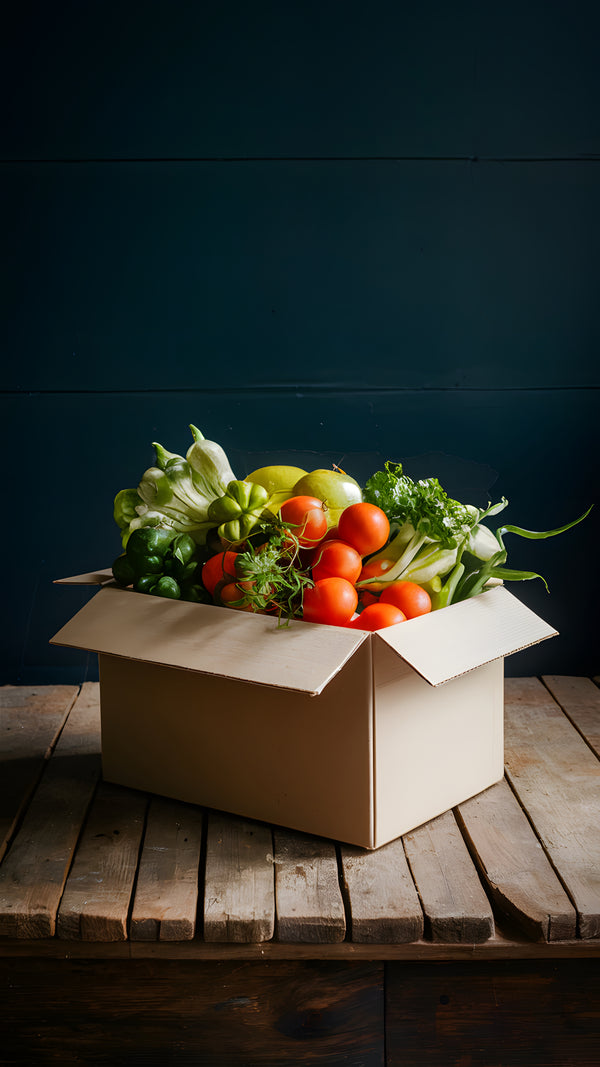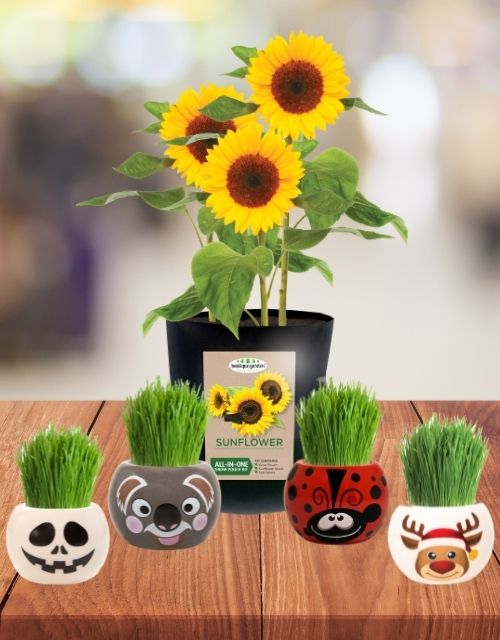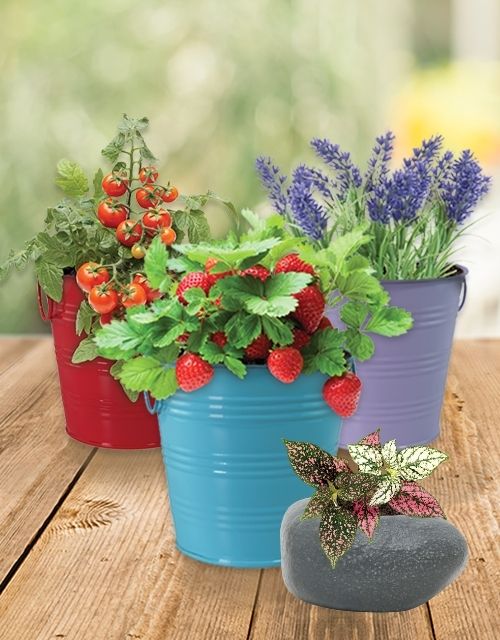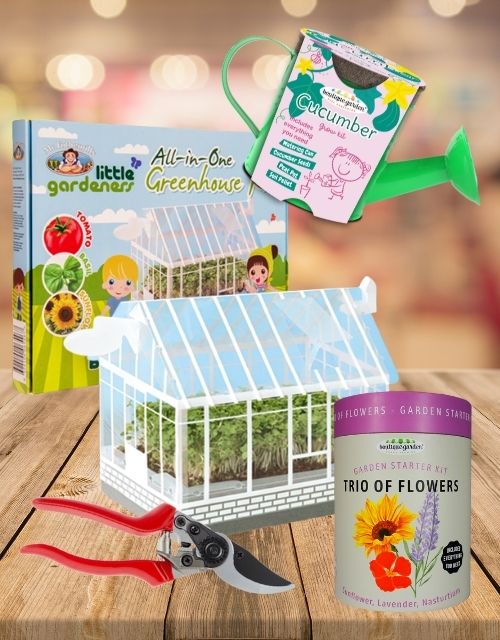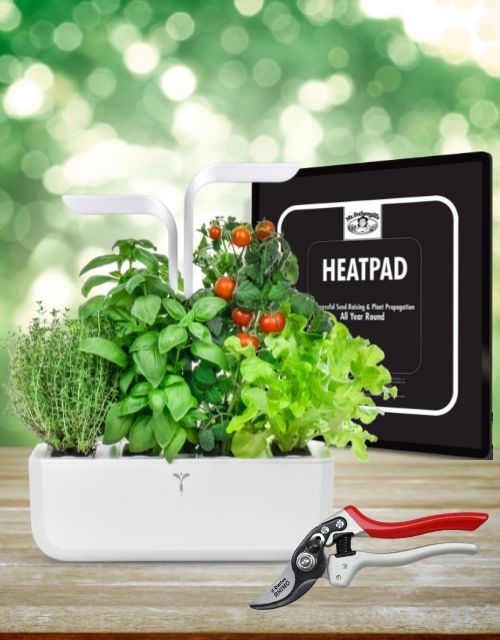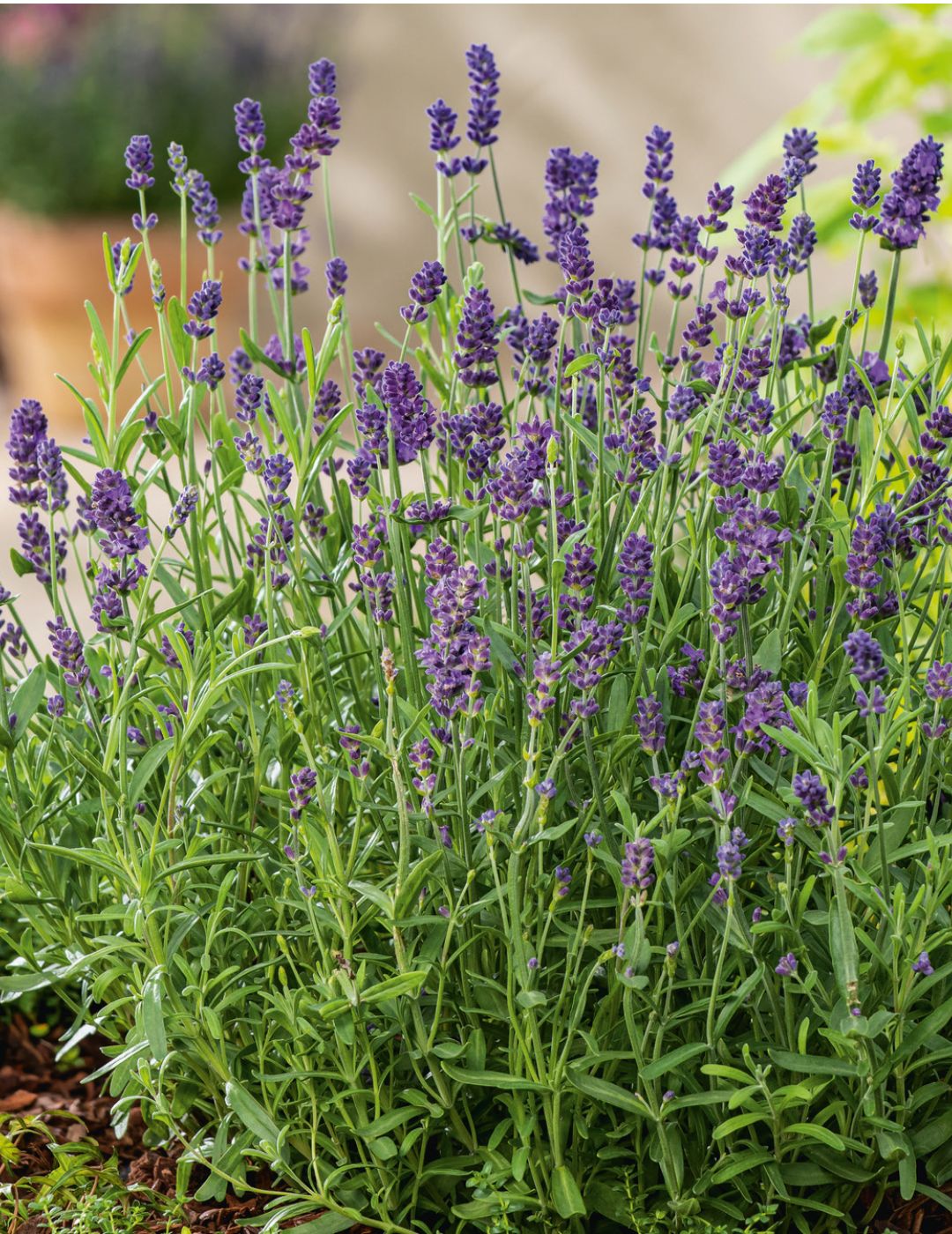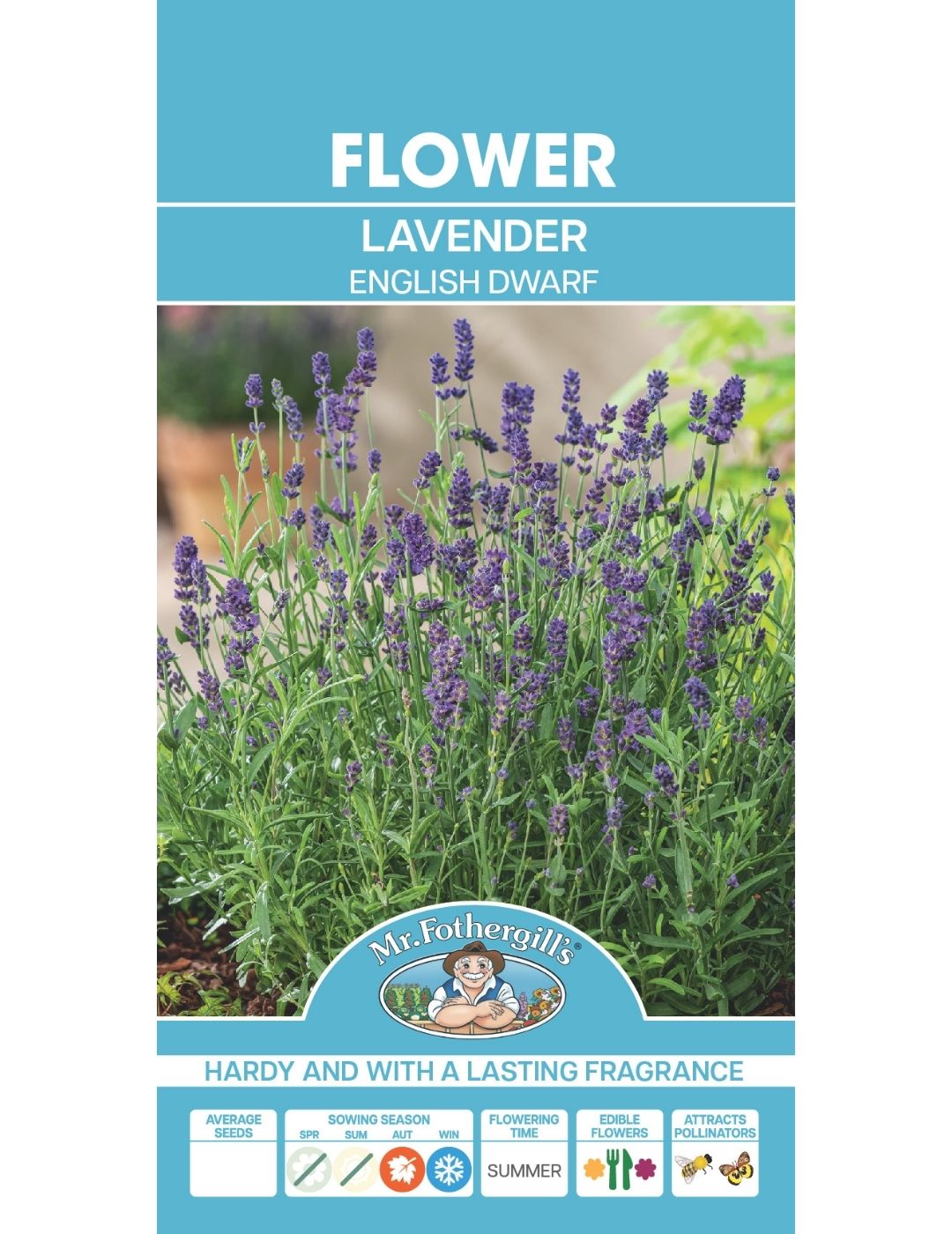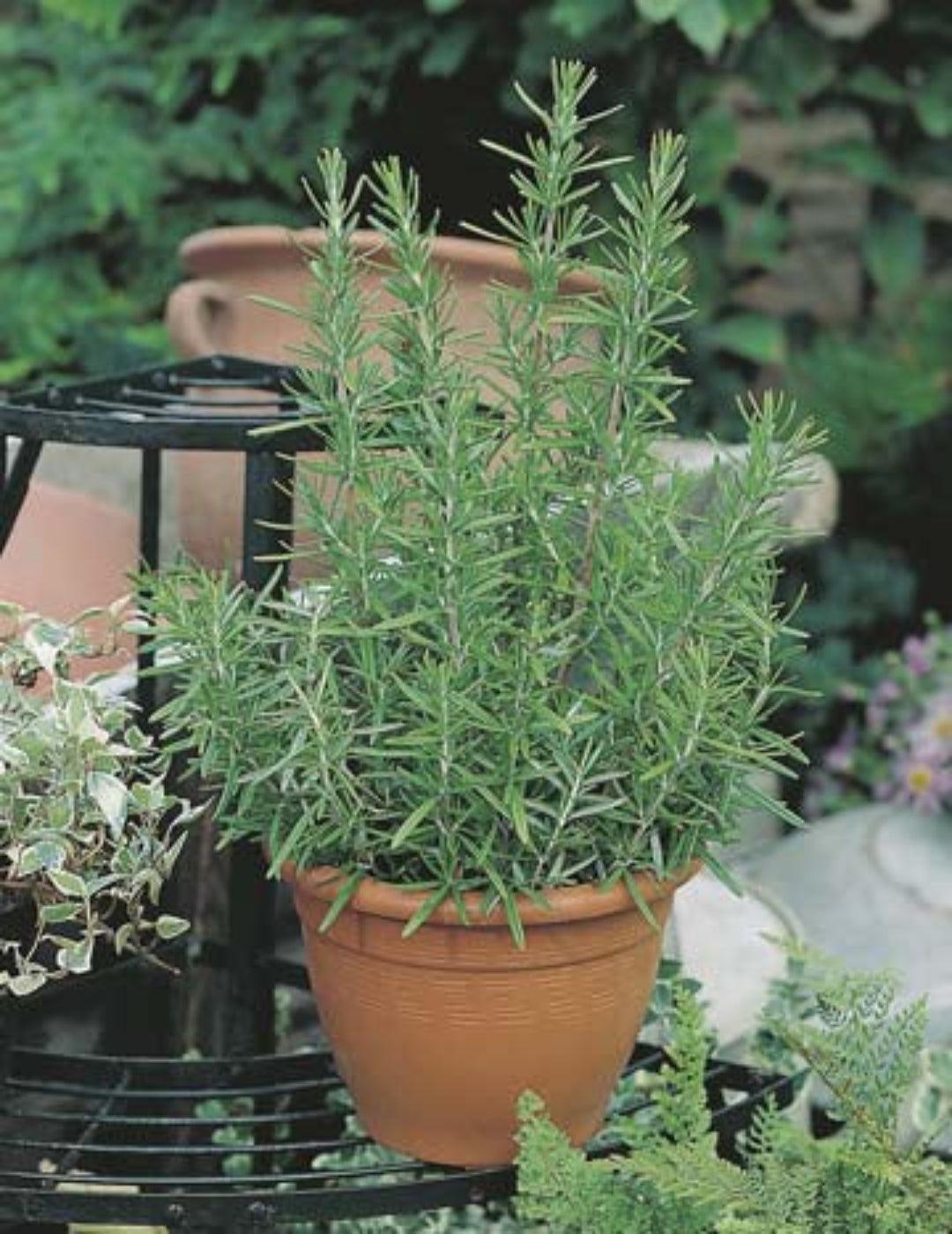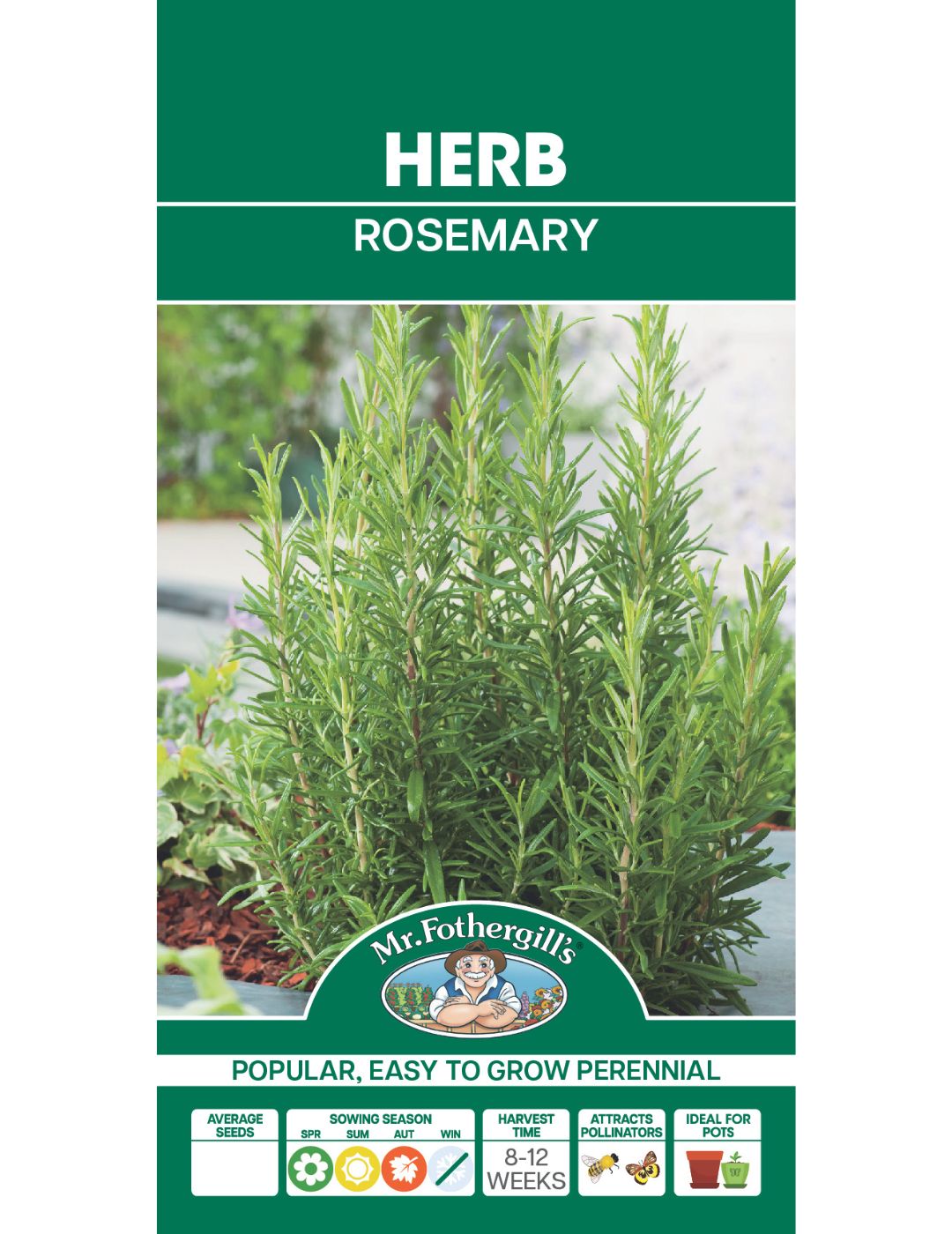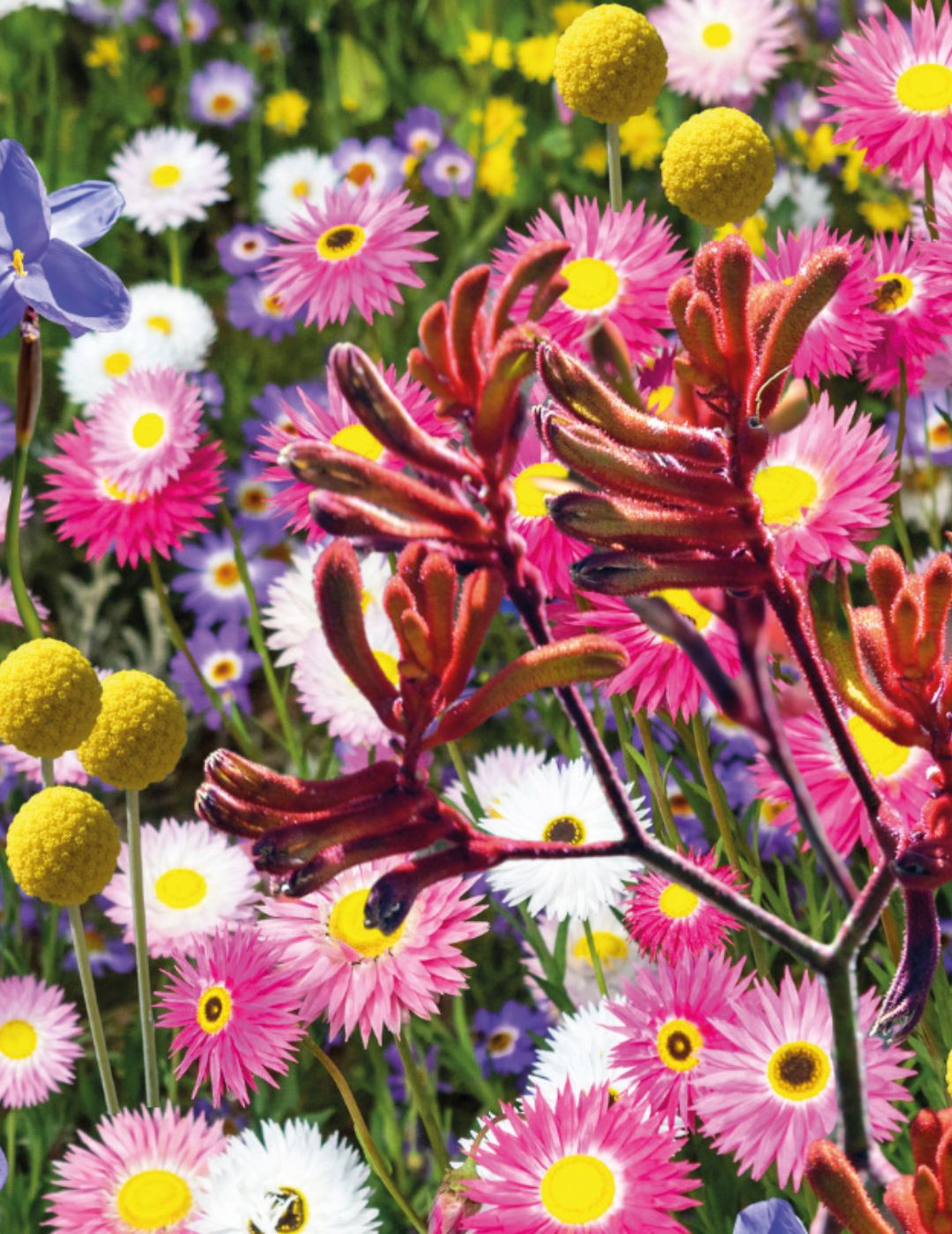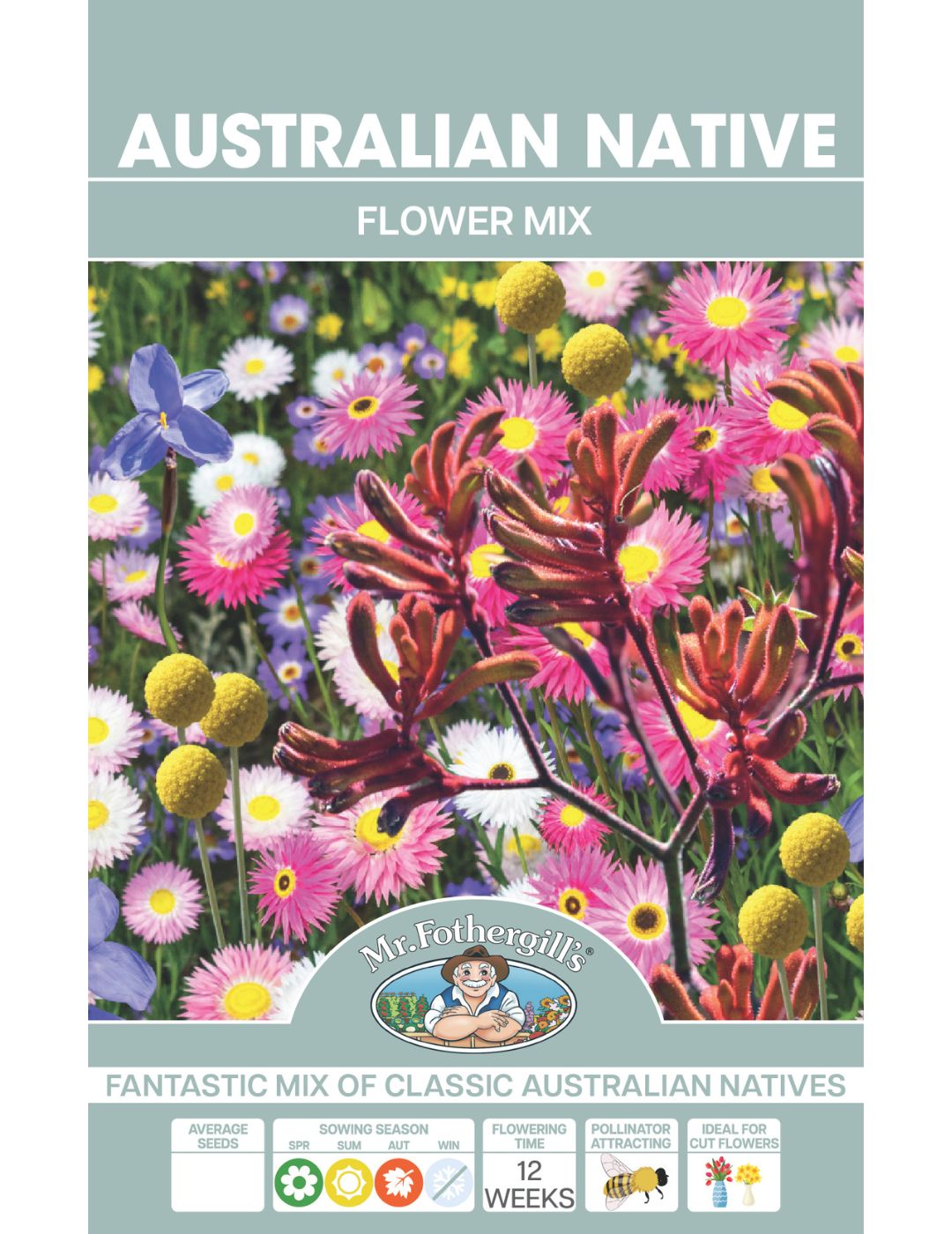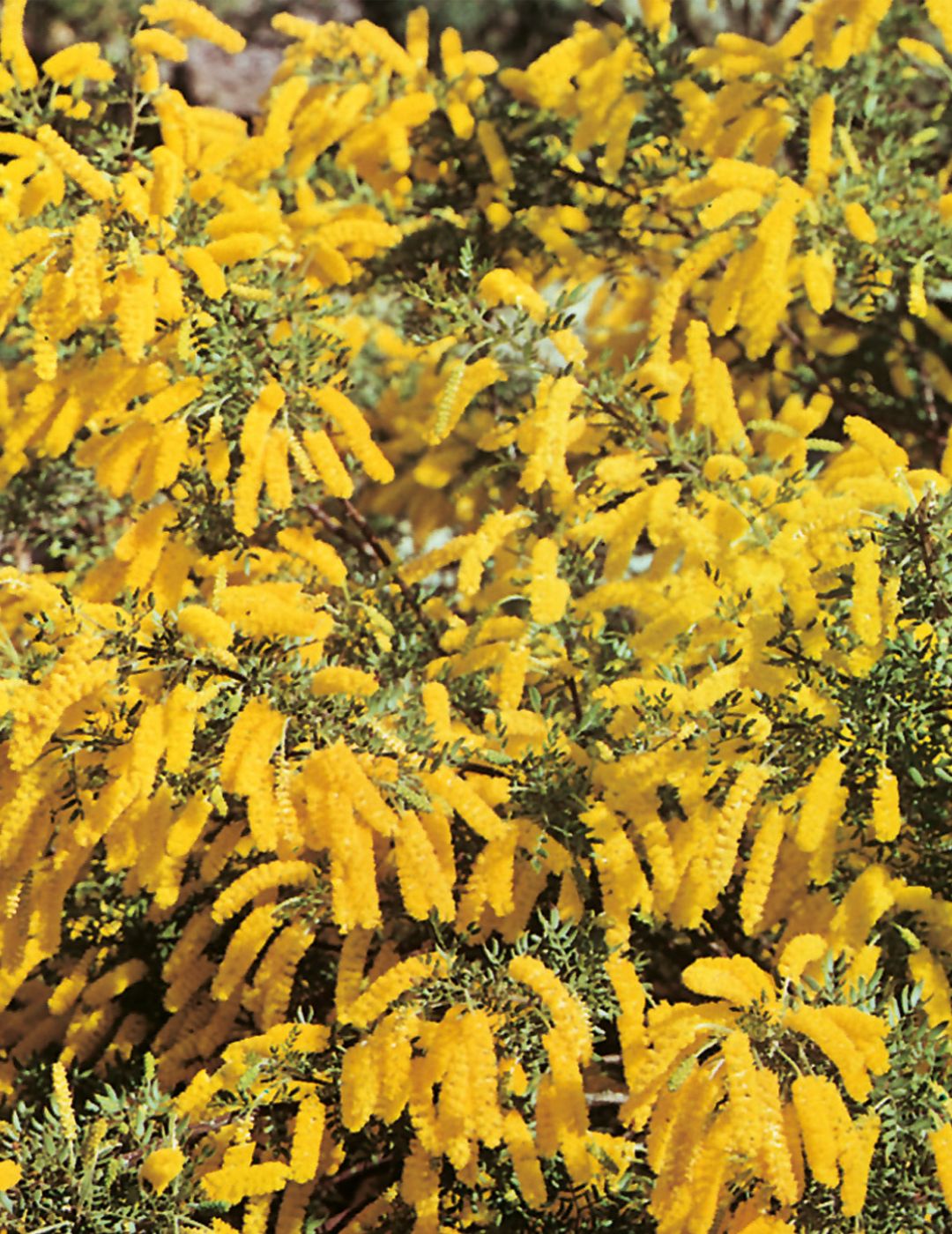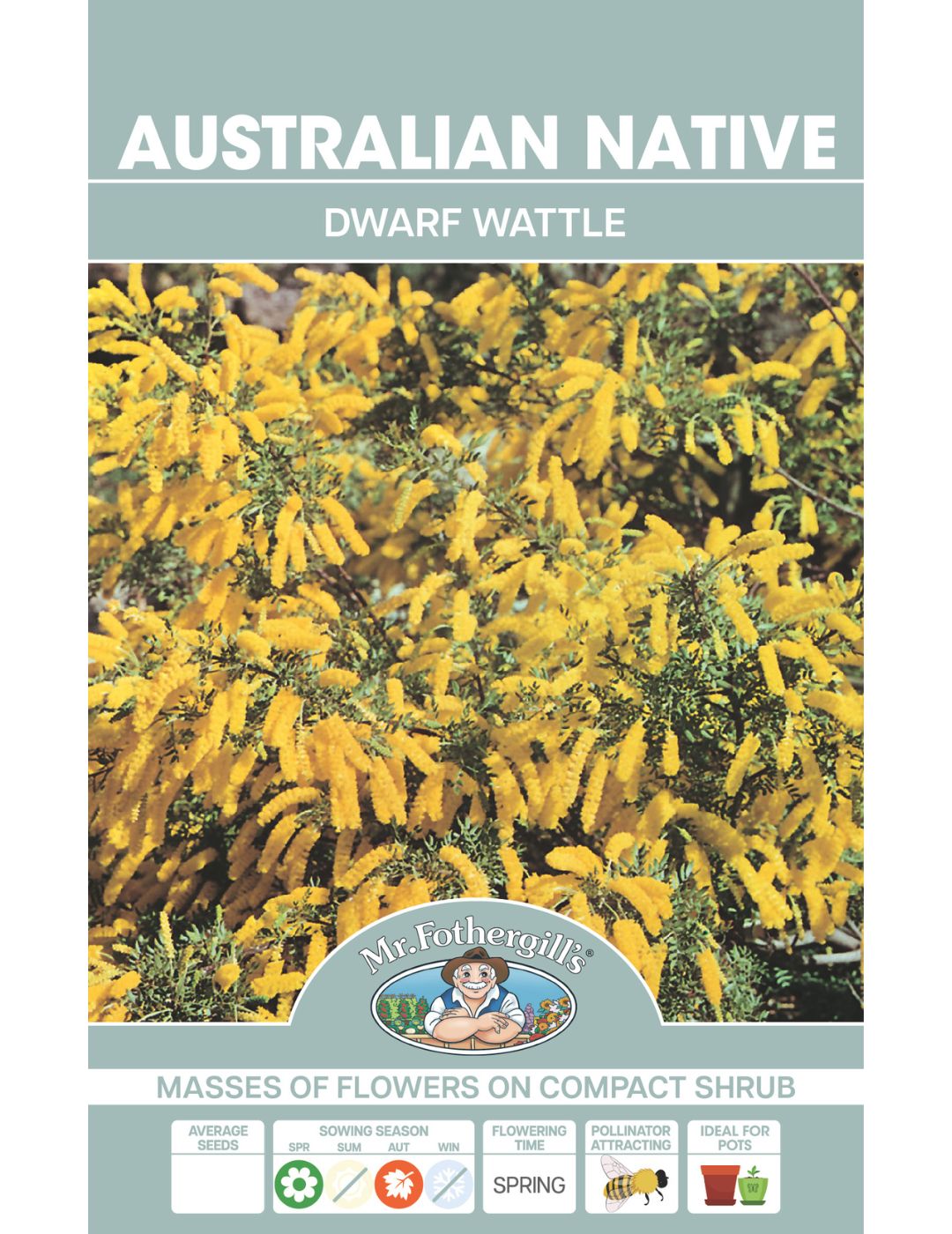
With drought continuously on the cards, keeping your plants hydrated can feel like a non-stop battle. With summer on the way, here are our tips to drought-proof your garden so that you can grow stunning flowers and harvest healthy vegetables no matter how hot and dry it is.
In this guide, we will cover the essential principles of wise watering, the power of mulching, and the essential tips for protecting your seedlings from the heat. To accompany this article, our friends at Grow Veg have created this great video on how to make a drought-tolerant garden:
Drought Garden Ideas
When it comes to protecting your garden from drought, there are two primary considerations you need to think about: water and heat. Growing a healthy garden depends so much on these factors, and by optimising your watering methods, protecting seedlings from heat, and utilising cooling techniques, you can make all the difference during dry periods.
Wise Watering: Keeping Your Garden Hydrated
When summer rolls around and rainfall reduces, the number one drought garden idea to remember is that your garden requires consistent water to thrive. Achieving this comes down to a few helpful principles that you should keep in mind.
Prudent Watering
When water’s precious, it pays to consider where and how you distribute it. Which plants receive this water and how they are watered are significant decisions, and making the right choice can prove pivotal to helping a garden thrive during drought.
When water is scarce, prioritise young seedlings, as these will need it most to establish themselves in your garden. Also consider the needs of salad leaves, as they will need water to prevent wilting, and water-hungry fruiting vegetables such as tomatoes.
Plants should be watered with larger water droplets rather than fine mists, as these will evaporate more easily. Also, avoid strong spray from hoses, as this can knock plants about or blast potting soil out of containers. Instead, use a low-pressure hose or place the end of the hose in a watering can so that it fills as you pour.
Using an automatic irrigation system can take the strain out of watering; set it to come on very early in the morning before the day heats up or in the evening when the sun has set. The best setups use drip irrigation or soaker hoses to deliver water to the base of plants, near the roots. Some can even be fitted to water barrels to make the most of collected rainwater. You can also create wicking garden beds that hold water and allow plants to take what they need.
Recycling Water
When drought strikes, an effective method of keeping your garden hydrated is reusing as much water as possible. Grey water from baths, showers, and sinks is great for your garden, efficiently using the excess water from your day-to-day activities to keep your plants hydrated.
You can also drought-proof your garden by installing a water tank. This technique is a great way to make the most of what little rain does fall, ensuring that the excess water from sudden storms doesn’t evaporate, but is instead collected for use throughout the arid weeks that may follow.
Wetting Agents
If your soil becomes hydrophobic during the dry months, wetting agents are an effective way to provide much-needed moisture. These products and water-saving crystals can be added to soil to help what little water is available to penetrate and hold in the ground.
Improving your soil’s ability to hold water can also be achieved by adding fresh compost or mulch. Applying a liquid seaweed concentrate when you water your garden can also help condition the soil, allowing your plants to tolerate and recover better from stress.
Water from the Bottom
Watering pots from the bottom, rather than the top, can save a lot of water in hot weather. Learning the most effective method for watering directly to your plants’ roots can enhance survival odds during the dry summer.
Begin by filling up a suitably sized reservoir, adding any liquid feed you’d like to apply at the recommended rate. Next, sink your pots into the water and leave them to soak up the liquid for an hour or more. You can speed things along by adding a splash of water to the top of the pot before it’s left to soak. This technique ensures thorough and efficient watering.
Protecting Seedlings from Heat
Drought can play havoc with seedlings, hampering germination and causing young plants to struggle during the most vital stage of their development. Learning a few tricks can help protect seedlings in these tough conditions and give them the best chance possible of germinating and thriving.
Sowing Correctly
In hot and dry conditions, getting seeds to germinate can be tricky, particularly those of cool-season crops like lettuce seeds. The solution is to wet the seed drill before sowing, providing the cool, moist surroundings they crave. Water along marked-out drills, allow the water to completely drain away, then repeat before you sow.
Once you’re done sowing, cover the seeds back over, but don’t water again until after germination. The moisture in the drill will drain through, encouraging the seedling’s roots to follow.
Utilising Shade
Young seedlings – and cool-season crops in general – perform better under the protection of shading in hot summers. Prioritise shady areas for crops that prefer cooler conditions, such as salad leaves. You can use taller crops to shade shorter ones, but in scorching weather, more deliberate action may be needed.
Shade cloth over a frame structure can cast just enough shade to keep your plants happy in severe heat, and this can be easily removed when the weather turns cooler. Suspend this cloth over plants to help them keep their cool.
Mulching to Keep Soil Cool and Moist
Mulching is a must in Australia, and it’s a great option for making a drought-proof garden. It shades the soil from the sun, helps to keep it cool, and acts as a lid on the soil to reduce evaporation. Common types of mulch include woodchip, sugarcane, grass clippings, and leaf litter. Avoid pebble mulches, as they absorb and radiate heat and can cause heat damage to your plants' roots and foliage.
Begin by thoroughly soaking the ground before adding your mulch, and water again a few hours later if it’s exceptionally dry to recharge all the valuable soil moisture. Next, lay the mulch so it’s about 2-5 cm thick around your plants. Fine mulch should be used around small seedlings and small/fine plants. Fruit trees, canes, and bushes can be mulched with chunkier materials such as woodchip or fibrous materials like straw. Again, take care to water well before laying it. Mulches may not be very high-tech, but they are incredibly effective in a hot summer.
Prepare for Anything this Summer with Mr Fothergill’s
Get ready for hot and dry weather with Mr Fothergill’s selection of fantastic products. Keep your garden cool and hydrated all summer long with products used by gardeners all over the country and curated guidance for Australian gardens from our expert team of horticulturalists. Shop our range for this season’s top products, or contact us with any questions you have on how to protect your garden during dry periods.

